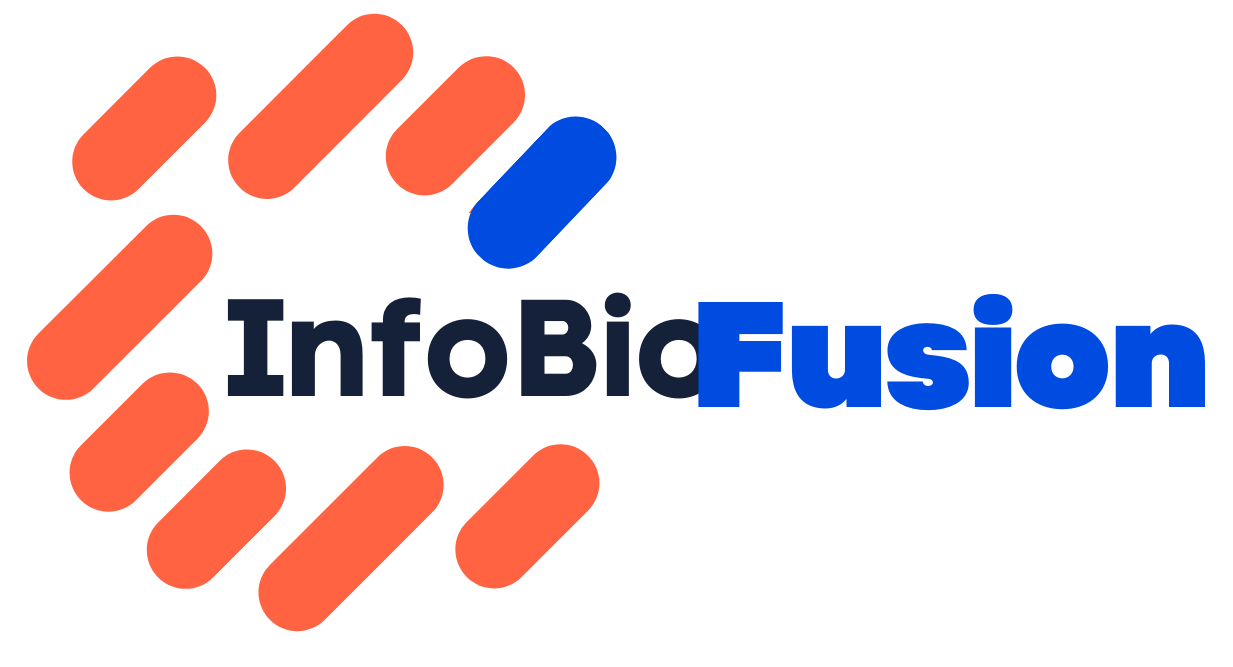The digital world of today’s students is based on the use of technology to interact with each other and their education. Group meetings or conversations at the library are no longer the only forms of communication that work today. With these digital tools, learners can collaborate anytime, anywhere. These can improve communication and collaboration, which is more effective and enhances their learning process. Let’s get to the question of technology supporting student collaboration.
Seamless Communication Tools
Most immediately visible is how communication technology has improved cooperation. No more did students have to be phone-based or physically present to discuss group assignments. In the modern era, Slack, Microsoft Teams, Zoom, and more, young people communicate instantly, share files, and set up meetings with no hassle. These apps help you stay connected, even when your schedule is tight or your team members are in different time zones. Learners can now discuss concepts, inquire, and answer questions live, in real time. This keeps everybody in sync and expedites the project timeline so that group work can be done efficiently.
Cloud-Based Collaboration
One of the best collaboration improvements has been the ubiquity of cloud-based tools such as Google Docs, Dropbox, and Microsoft OneDrive. These platforms allow students to collaborate on papers, presentations, and spreadsheets from anywhere. As these tools allow more than one user to work on the same file simultaneously, everyone can contribute and stay in the same spot more. Here are a few benefits of cloud collaboration software:
- Simultaneous Editing: Multiple users can work on the same document and provide real-time updates and contributions.
- Version Control: Students can follow up on progress, compare versions, and copy-paste past drafts.
- Comments and Feedback: These are the comments users can use to leave a comment. You can also leave feedback and queries on the document itself.
- Reduced Confusion: Because emails are not exchanged, in-cloud applications simplify communications and bring everyone on the same page.
Cloud collaboration software has made it easy to collaborate effectively on projects. Working on group assignments can be pretty challenging, and when you cannot rely on your groupmates, consider seeking expert guidance. If you worry, “Can I find an expert to do my assignment?” UKWritings has a team of qualified authors ready to provide high-quality support, ensuring your academic success.
Digital Whiteboards and Project Management Tools
Smart whiteboards such as Miro or MURAL have evolved into game changers in brainstorming and planning ideas. On these platforms, students can be given a canvas to take notes, make flowcharts, and graphically sketch out ideas. This promotes creativity and collaboration by allowing everyone to put their ideas to work how they like.
Moreover, project management systems such as Trello and Asana are ideal for group task management. Students can delegate, and deadlines and progress are real-time. These channels ensure everyone knows what they’re accountable for; no work is left to the side. They also provide notifications and news to keep learners on track and quickly meet deadlines.
Access to Diverse Perspectives
We have all the information online, in libraries, and on forums where experts discuss topics. Students can now share ideas with classmates, professors, or even industry experts worldwide and are exposed to a different set of eyes and new ways of thinking about problems.
Youngsters might meet people from diverse cultures and have academic experiences on discussion boards, social media groups, or educational forums. This makes collaboration much richer because kids hear various perspectives that wouldn’t have been considered in a classroom. This variety suits creativity and thinking, two keys to success in any profession.
Enhanced Peer Learning
Technology also helps with peer learning, which involves students learning from one another. Khan Academy, Coursera, and YouTube allow students to share tutorials, teach complex concepts, and discuss their studies. Working together on these sites, students can learn more experientially.
Technology also encourages learners to mentor one another (via virtual study groups or peer feedback for projects). The learn-in-place approach makes obscure subjects more straightforward to understand, helps build a bond between group members, and makes working together more concise and fun. Sharing information opens up a learning space for all.
Technology is the Future of Student Collaboration
Technology in school has changed the way students work together. We now have collaboration on demand, faster and better because of instant messaging, cloud-based file sharing, digital whiteboards, project management software, and access to people from all walks of life. It has a space where learners can collaborate, learn from each other, and achieve shared objectives without feeling trapped by physical walls.
Technology will remain at the core of the education recipients’ collaborative experience. It allows them to learn more from more sources, talk more quickly, and work more efficiently. Student teamwork is on the rise, and it can’t be helped but be driven by technology.
